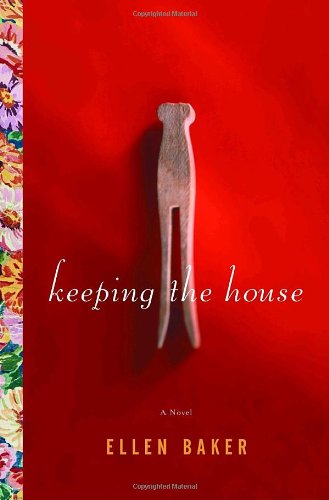Keeping the House
A two-family saga spanning 1896 to 1950, Keeping the House explores what making a home actually means, and the sacrifices both men and women have to make to maintain a household.
Newlywed Dolly Magnuson has been transplanted to 1950 Pine Rapids, Wisconsin, when her husband lands a job there. Bored with trying to be a perfect housekeeper to an unappreciative husband, her interest is caught by a seemingly abandoned old house nearby, which has more character than her ultramodern tract home.
Dolly’s story alternates with the saga of the Micklesons, owners of the old house. In 1896, John Mickelson brings Wilma, another uprooted bride, to Pine Rapids. Danger starts early in her story, as she is more attracted to John’s brother Gust than her husband. Children and grandchildren become involved in both world wars, with tragic consequences. The stories eventually are tied together in 1950, when alcoholic, disabled grandson J.J. comes home to Pine Rapids because he has nowhere else to go. Housekeeping for J.J., Dolly learns of the dark family secrets that have dodged the Mickelsons in the past, and is in danger of being caught up in them herself.
The plot jumps meant my taking an extensive set of notes in order to keep all the story threads straight enough for a review. The device of short chapters that jump frequently between times and sets of characters is compatible with 21st-century attention spans. The author certainly kept me guessing as to what would happen next. The chapters set in 1950, headed with ironic quotations from period women’s advice literature, emphasize Dolly’s predicament as an unfulfilled housewife. Despite a few eyebrow-raising coincidences in the plot, this is an involving book by a first-time author.










